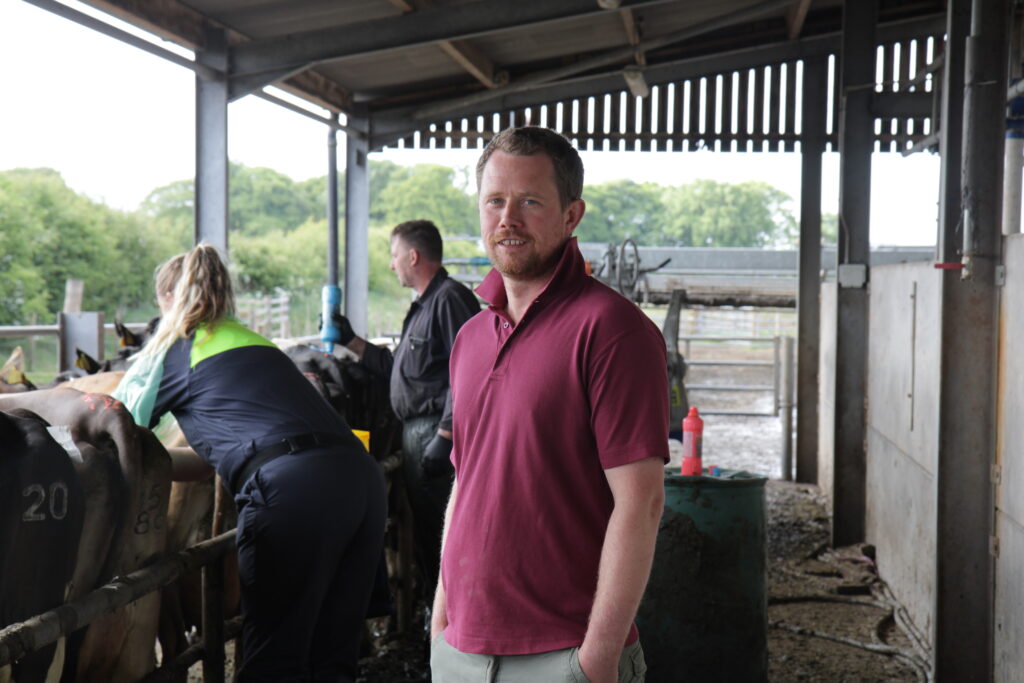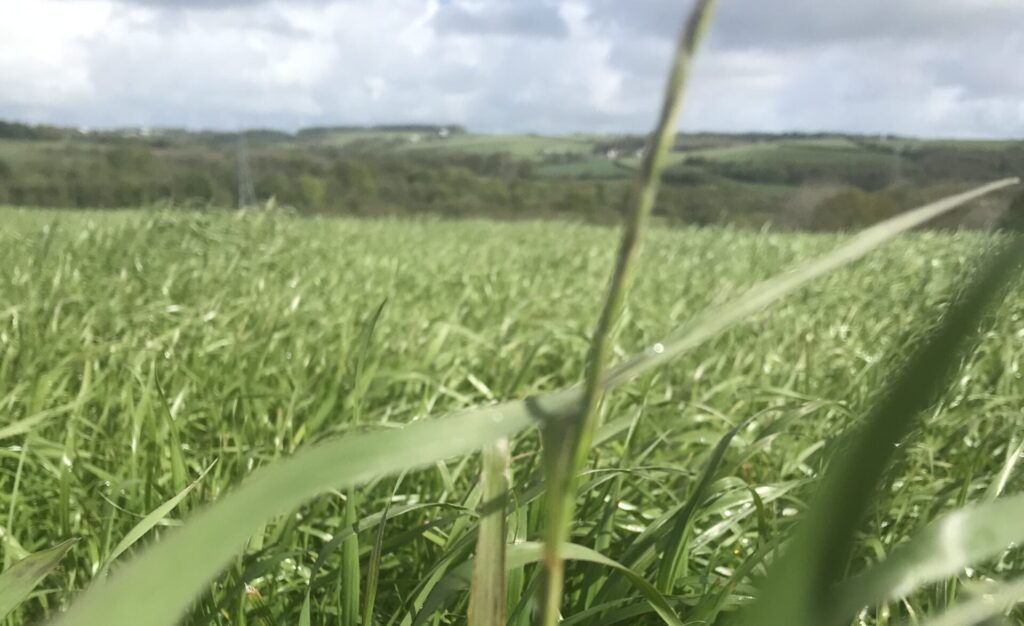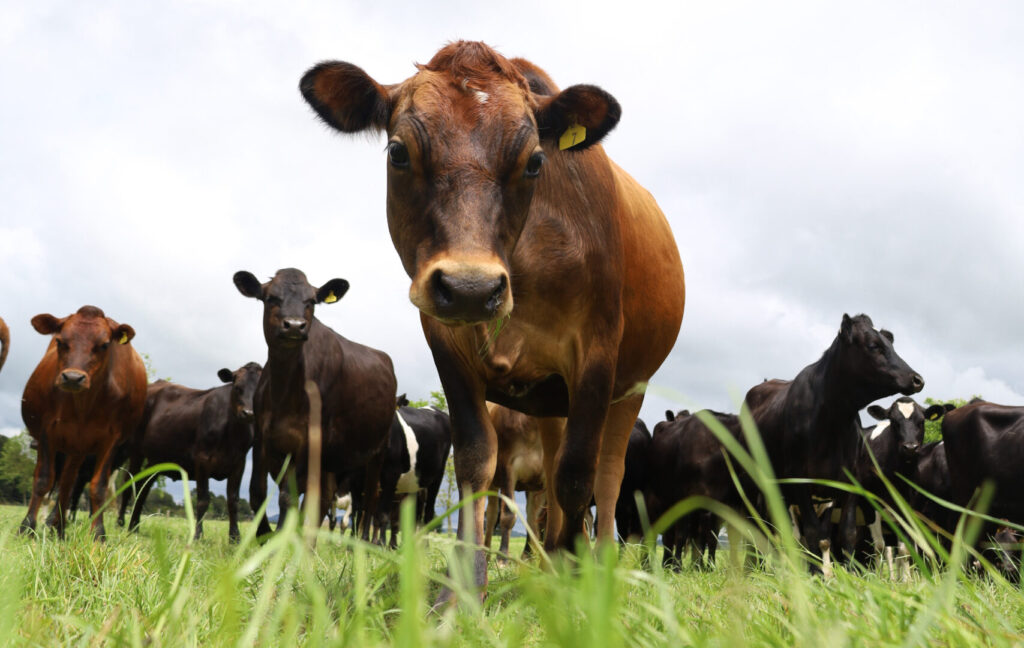As the UK works towards reaching net zero carbon emissions by 2050, the agricultural industry has been put under the microscope. In a report from GOV.UK, agriculture was found as the source of 10% of total GHG emissions in the UK and of these, emissions 90% is nitrogen and methane from livestock and pastures.
So, as the world watches, farmers are feeling the pressure to make environmental changes to reduce their farm’s GHG outputs. And they get it, with 61% in the UK already taking actions to reduce emissions.
But it can be a costly exercise that requires financial investment – to be successfully green you have to be in the black.
Making environmental gains can be complicated, so to help farmers prepare for a sustainable future that hits environmental targets while remaining profitable, we spoke to Tony Fransen, Environment and Welfare Manager at LIC, who says the best place to start is with your cows.
Sustainability challenges
Due to climate change, the release of GHG from cow burps and body waste, have garnered increasing amounts of global attention. As a result, there a societal expectation for farmers to be more environmentally friendly, while maintaining affordable food production.
But one of the biggest challenges farmers face is it to be environmentally friendly while remaining profitable. As Tony explains: “To be able to boost the efficiency of a farm and reduce its impact on the environment, you need to invest. But if you’re not making a profit, you can’t invest in being sustainable. So it can be a vicious cycle.”
While there are steps farmers can take like planting more trees or using slow release nitrogen fertilisers, a good place to start is with the animals themselves. According to Tony, now is the time to be looking at making what you have, run as efficiently as possible: “We know the regulatory targets will tighten. It’s not a matter of if, but when. So farmers need to focus on getting the most efficient production out of the cows they run, and in turn, making sure they’re running the most efficient cows available.”
Genetics with long-term environmental outcomes
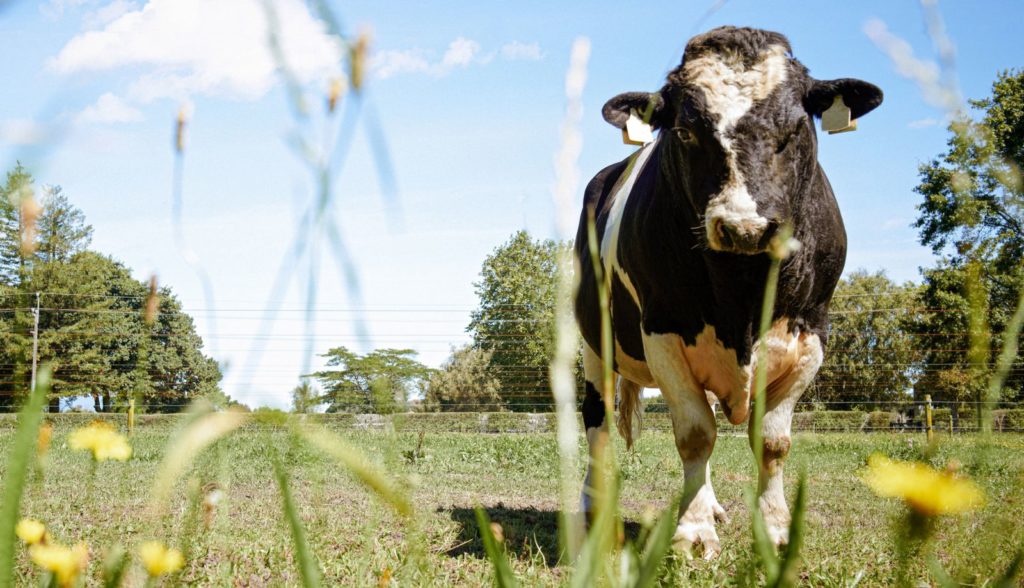
One of the longer-lasting changes farmers can make is to run ‘energy-efficient cows’. And yes, they do exist. In fact, LIC has bred efficient dairy animals for decades, investing in ongoing research to develop cows which efficiently convert the food they eat into milk production, while maintaining the important attributes needed to maximise the productive life of the cow.
Since its inception in 1996, Breeding Worth (BW) has been, and still is, a great indicator of environmental efficiency as it shows the ability for an animal to generate more income from the same amount of feed. So when it comes to improving both nitrogen and methane efficiency of cows, a key consideration is the animal’s ability to maximise production output per kilogram of feed eaten.
As Tony explains, it’s about maximising production from the same amount of feed: “We’re often asked whether farmers should aim for less, but bigger cows, to achieve environmental targets while producing enough milk to remain profitable. But bigger cows, even when adjusting for stocking rate changes, need proportionally more energy for growth and maintenance, therefore less feed is used for milk production. This results in higher lifetime emissions of green house gases per kilogram of production.”
Instead, farmers should consider high BW animals with a high production per kilogram of liveweight. Recent research by Tony found over the past 30 years, daughters of LIC’s high BW sires showed greater nitrogen efficiency, with a 16% reduction in urinary nitrogen per kilogram of milk solid. “This is largely driven by achieving higher production levels without increasing cow liveweight. Production per kilogram of feed eaten is increased and more of the nitrogen intake is converted into milk protein rather than excreted as urine.”
Get reproduction right
However, it’s unwise for farmers to solely focus on an animal’s production. As Tony explains, if you don’t maintain a stringent breeding plan that considers cow health and fertility, the efficiency gains you make on feed conversion will be lost to the feed requirements of replacement stock: “It’s important to get the balance right. Production efficiency accounts for traits like fat, protein, liveweight and volume. But the next biggest impact on environmental efficiency is longevity, which is strongly linked to fertility, reproductive performance and health. You need to be getting cows back in-calf to maximise the potential production in that cow’s life.”
Good reproductive performance means you have the control to remove under-performing cows from the herd and to maximise genetic gain. “If replacement rates are lower, more feed can be directed to milk production increasing the overall environmental efficiency of the farm,” explains Tony. “High replacement rates will instead see greater costs of time, money, feed and the farm’s impact on the environment.”
To ensure a sustainable, efficient yet profitable future, it’s about getting the best out of every animal through selecting and breeding for the best replacements as well: “Good herd fertility allows you to focus on generating highly efficient replacement heifers. Ask yourself, are your reproduction figures hitting industry benchmarks? What is your replacement rate? Are those stock at their genetic potential for liveweight when they enter the herd? If not, then they’re not ready for top production efficiency, and they’ll continue to divert feed into growth while in the milking herd.”
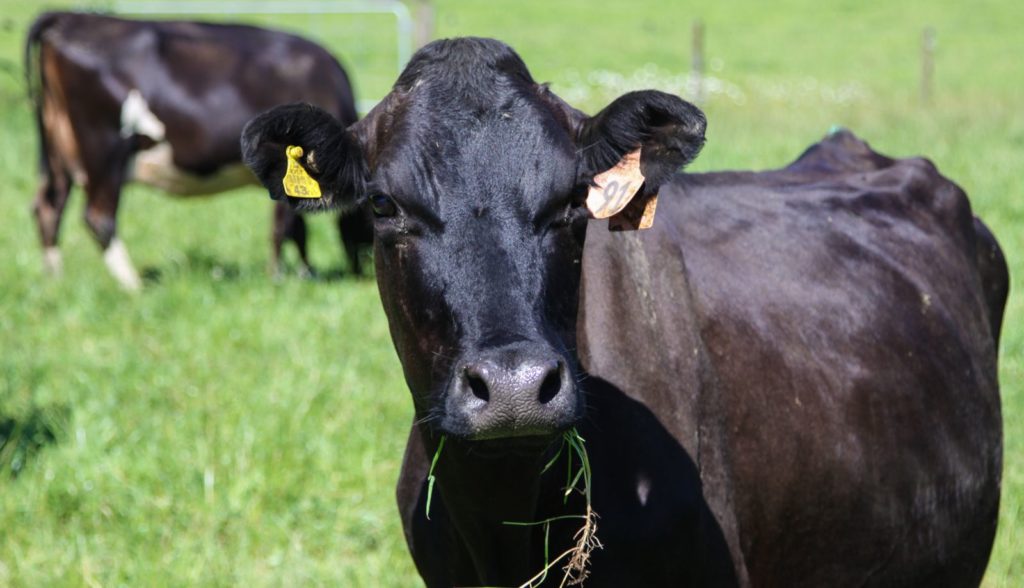
As Tony explains, get your mating plan right and you can be confident you are making the biggest environmental impact within your herd: “By identifying the most efficient animals on the farm, and mating these cows with latest elite genetics, you will get the best results from your mating plan, including helping the environment.”
A slower, but permanent, change
When it comes to reducing GHGs in agriculture, current science on breeding and genetics might only contribute 10% of the mitigations needed to reach the net zero carbon emission targets. But it’s a change you will only need to make once: “What you get from genetics, is a gain you don’t have to think about on a daily basis. It’s an ongoing and silent solution to reduce GHG outputs, but it’s permanent and makes a significant difference in the long run” explains Tony.
We asked Tony what advice he would give to farmers looking to make changes to become more sustainable for the future: “To get there, understand your future obligations and the environmental targets you need to hit, and create a long-term plan including a herd breeding strategy for the most efficient cows.”
Contact your local LIC rep to talk about the best breeding strategy for your farm and the environment.

